Urban metamorphosis: the “Via Del Campanile” designed to provide a good view of the Bernascone bell tower in Varese
Second entry in the column by Fausto Bonoldi, Urban metamorphosis. The “Via Del Campanile” ("Bell Tower Street"), which was designed, in 1929, to provide a good view of the Bernascone bell tower, was named after the genius, Guglielmo Marconi.

Each Monday, on a virtual walk, the column “Urban metamorphosis” describes Varese and the changes it has undergone in the last one hundred years, since it became the provincial capital. The column is by Fausto Bonoldi, a historic name in Varese journalism. He has been writing on this topic for years, in the Facebook group “La Varese Nascosta” (“The Hidden Varese”) and he has also written a book, published by Macchione, entitled “Cara Varese. Come sei cambiata” (“Dear Varese. How you have changed”).
Urban metamorphosis, the second entry: the “Via Del Campanile”, which was designed in 1929 to provide a good view of the Bernascone bell tower, was named after the genius, Guglielmo Marconi.
The elegant Casa Romanò, which was demolished at the beginning of the 1970s to make room for the department store Standa, had been previously condemned at the end of the 1920s.
It was in 1929, when the building of Palazzo Mascardi (Caffè Pini) was undertaken, that it was decided to open a street to give a good view of the Bernascone bell tower, from what would become the new Piazza Monte Grappa.
The street, which should have been called “Del Campanile”, and which was named after Guglielmo Marconi, was designed in 1929, by the engineer Camillo Lucchina, as part of the “Palazzo Mascardi” project.
The opening of Via Marconi, with the construction of Palazzo Mascardi, also entailed the demolition of the porticoed building adorned with late gothic capitals, which occupied the space between “il Corso” and the “Casa Romanò.”
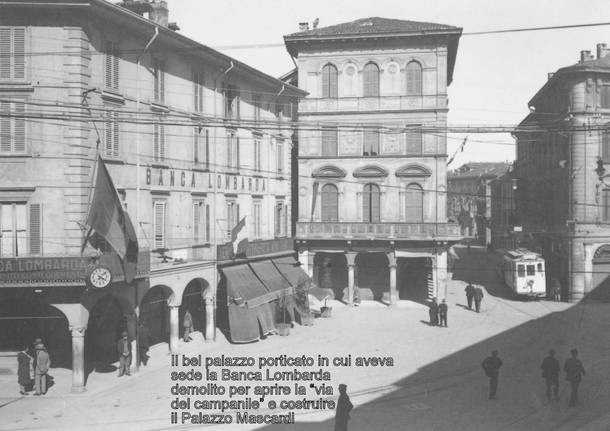
The current Via “Del Campanile” was built on the left side, between 1929 (Palazzo Mascardi) and 1939 (the Cariplo building), and the reconstruction of the right side, which was preceded by a number of demolitions before the war, was completed in the early 1960s, with the construction of the building located between “Piazza Monte Grappa” and “Piazza del Battistero.”
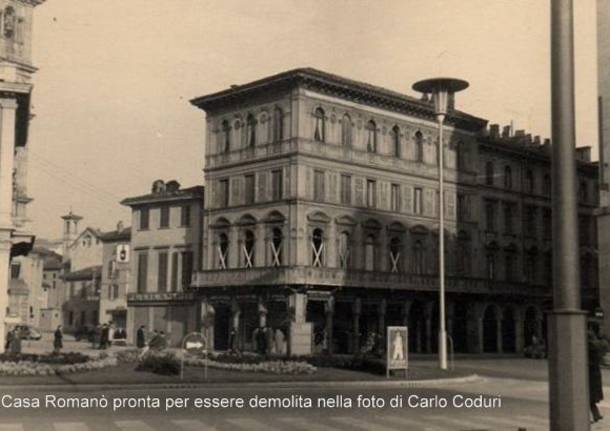
Palazzo Romanò in preparation for demolition
To be precise, the demolition of Casa Romanò was decided by the council’s building committee, on 28 March 1960, with the intention of creating a “new ultra-modern building which will have crystal facades and internal escalators” and “a Super-market”, on the same site.
Four days before the decision by the building committee, on 24 March, the Varese shopkeepers had declared they were against the opening of department stores in the town. Of course, their motivation was not respect for the historical architecture, but defence of their businesses, after they realised that, within a few decades, traditional commerce would end up in chain stores. It is a pity that the “interests of the small shops” did not prevail, for once.
Translated by Alessia Tropolini, Charlotte Ovalle Santos and Adriana Bocse
Reviewed by Prof. Rolf Cook
La community di VareseNews
Loro ne fanno già parte
Ultimi commenti
Stefano64 su Neil Young torna dopo l'enorme successo di Harvest: ma non è il disco che tutti si aspettano
Giulio Moroni su Barasso, il Comune rischia il blocco dei servizi per una sentenza di condanna da 300 mila euro
Stefano Montani su Contro l’indifferenza e la violenza: la musica scuote Varese in un grido per la Palestina
Felice su Sanpietrini staccati e resti di gavettoni: allarme maleducazione al Parco Mantegazza di Varese
Mastro SIM su Patentino obbligatorio per alcuni cani: la Lombardia vara la “save list”, ecco le razze coinvolte
Gloria Cerri su Patentino obbligatorio per alcuni cani: la Lombardia vara la “save list”, ecco le razze coinvolte





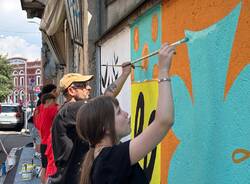
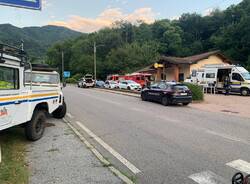
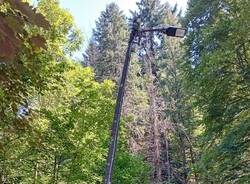

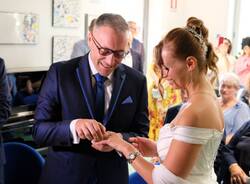






Accedi o registrati per commentare questo articolo.
L'email è richiesta ma non verrà mostrata ai visitatori. Il contenuto di questo commento esprime il pensiero dell'autore e non rappresenta la linea editoriale di VareseNews.it, che rimane autonoma e indipendente. I messaggi inclusi nei commenti non sono testi giornalistici, ma post inviati dai singoli lettori che possono essere automaticamente pubblicati senza filtro preventivo. I commenti che includano uno o più link a siti esterni verranno rimossi in automatico dal sistema.